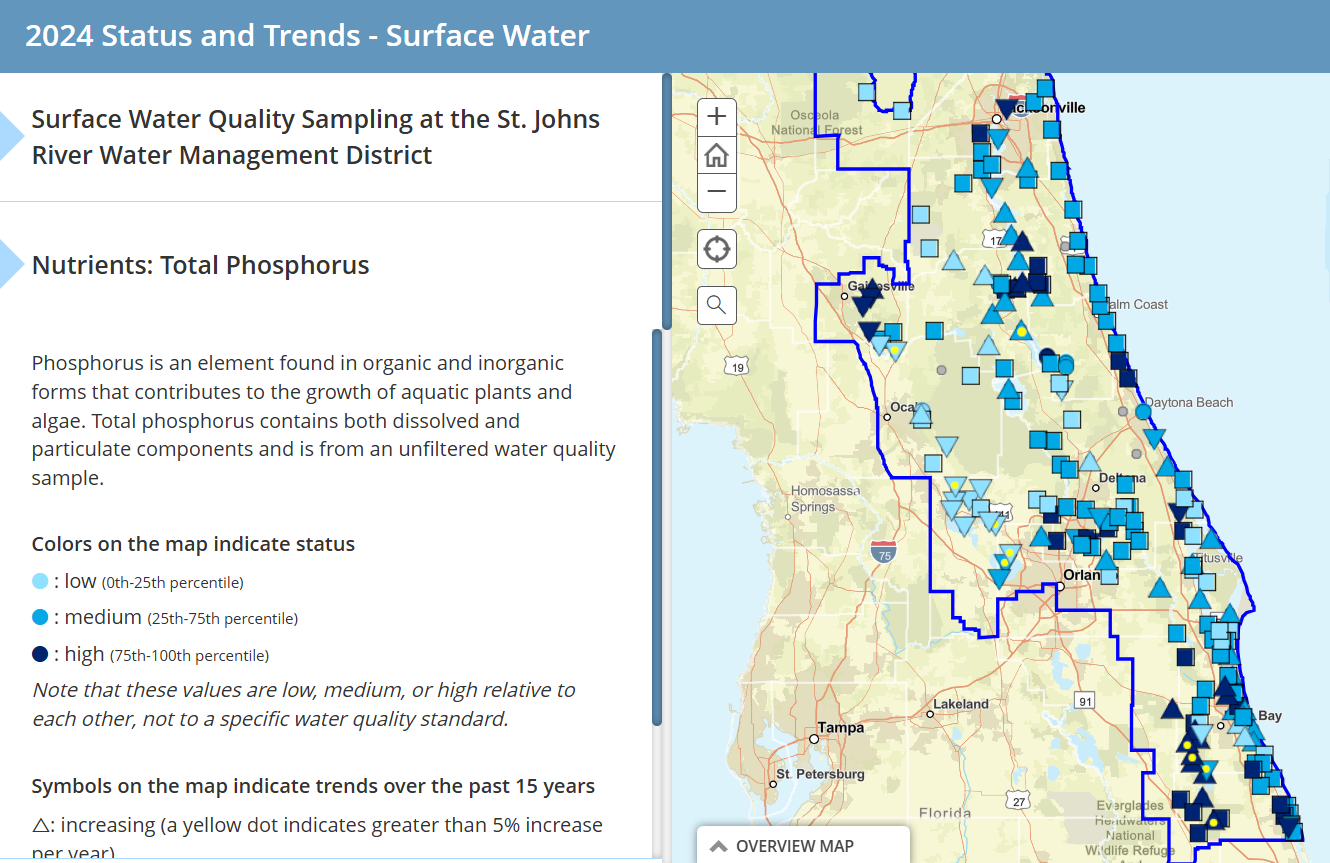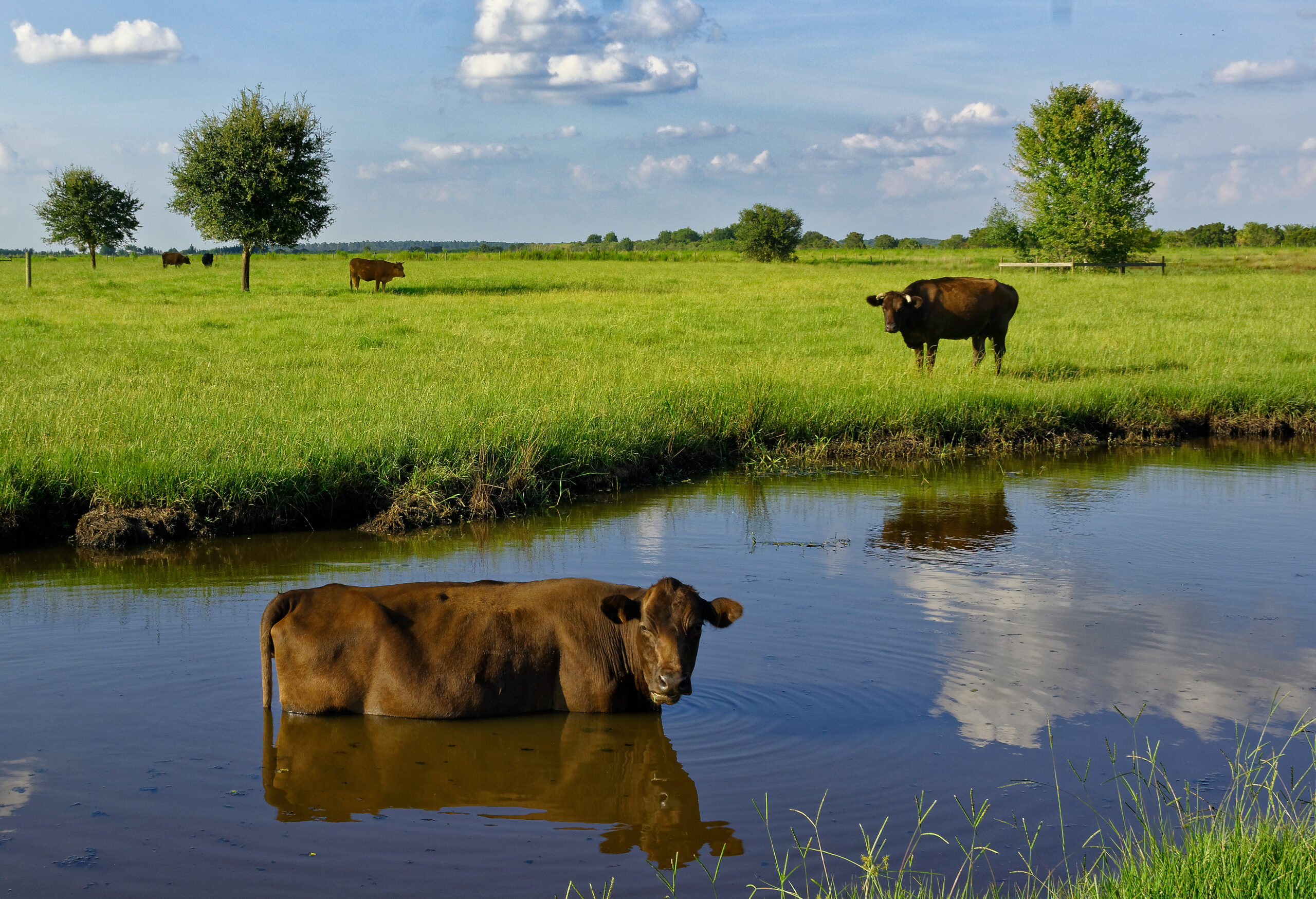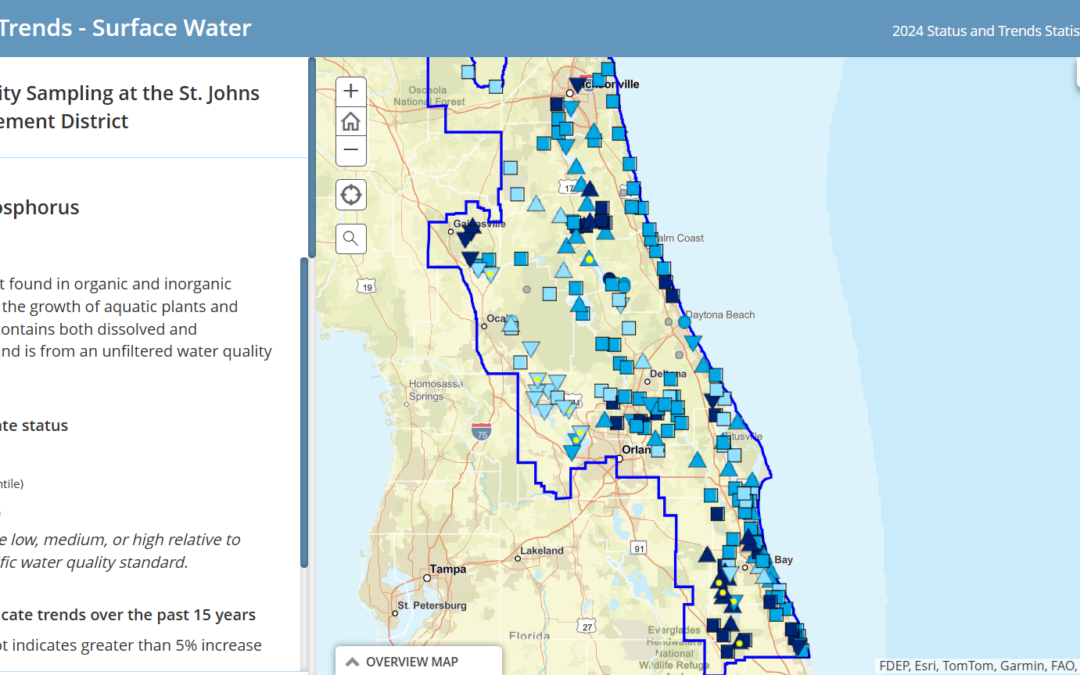Sewage sludge, the waste by-product from treating our wastewater, continues to undermine the health of the St. Johns River at its very source.
The Florida Department of Environmental Protection (FDEP) permits the cheap disposal of sewage sludge (aka biosolids) on agricultural lands to save money for utilities. For nearly two decades, more than 70,000 tons of sewage sludge on average has been annually permitted to be disposed of within the Upper Basin of the St. Johns River, which includes Brevard, Indian River and Osceola Counties. In 2016, this represented more than 73% of the Class B biosolids permitted for land application in the entire state.
Sludge in the St. Johns
Why is so much of this waste ending up in the St. Johns River’s watershed? Well, in 2007 the Florida Legislature essentially banned the land disposal of sewage sludge in the Lake Okeechobee watershed as part of the Northern Everglades and Estuaries Protection Program due to nutrient pollution problem that was severely degrading the lake’s water quality. As a result, the state began permitting the redistribution of South Florida’s sewage sludge to areas of the state with fewer protections, predominantly within the Headwaters of the St. Johns.
This state-sanctioned spreading of sewage sludge is now degrading the St. Johns River’s water quality and threatening human health just as it did in Lake Okeechobee.
At their February meeting, St. Johns River Water Management District (SJRWMD) Governing Board members voiced strong concerns and outrage over Florida’s failed sewage sludge policy.
 SJRWMD’s Dr. Andy Canion reported to the Board that phosphorus runoff from sewage sludge disposal farms is 9x higher than sites that do not use biosolids. Canion also reported that this practice will pollute the St. Johns for potentially decades even if this harmful practice was stopped today due to significant over saturation.
SJRWMD’s Dr. Andy Canion reported to the Board that phosphorus runoff from sewage sludge disposal farms is 9x higher than sites that do not use biosolids. Canion also reported that this practice will pollute the St. Johns for potentially decades even if this harmful practice was stopped today due to significant over saturation.
SJRWMD’s 2024 Status and Trends Report shows nutrient pollution increasing significantly in the Upper Basin of the St. Johns with some areas seeing increases at more than 5% per year.
Contaminating Farms with “Forever Chemicals”
Nutrient pollution is not the only concern with this disposal practice.
In Texas, county officials are declaring a state of emergency over farmland contaminated with toxic per- and polyfluoroalkyl substances (PFAS) from the application of sewage sludge on area farms. PFAS are known as “forever chemicals” because they don’t break down easily in the environment or in the human body. They are seeking federal disaster assistance “to put toward testing and monitoring of drinking water, cleanup, as well as euthanization of cattle contaminated from the soil, crops and water.” (The New York Times, 2/14/25)
 After finding widespread contamination on farmland due to the application of PFAS-laden sludge, Maine became the first state in 2022 to ban land application of sludge and the sale of compost containing sludge.
After finding widespread contamination on farmland due to the application of PFAS-laden sludge, Maine became the first state in 2022 to ban land application of sludge and the sale of compost containing sludge.
While FDEP identified sewage sludge as a source in their 2022 PFAS Dynamic Plan, the state agency does not require PFAS testing as part of their sewage sludge permits, putting farmers and their cattle at risk of contamination. This poses a serious health risk to aquatic wildlife when it runs off farmlands and to people who consume milk, eggs and beef.
Studies have linked PFAS to a variety of health effects including high blood pressure, cancer, liver disease, kidney disease and harm to reproductive and immune systems.
We Must Take Action
We applaud the SJRWMD’s Board’s outrage over this dangerous practice.
Now is the time to take action to require testing, limit the use of sewage sludge on ag lands, and enact policies that will protect our farms, our water, and our St. Johns River.
We also ask the Florida Legislature to fund the Biosolids Grant Program that was created in 2023 to incentivize innovative technologies and practical solutions to reduce pollution to our farmers and all who depend on a healthy St. Johns.
Sewage sludge has been harming our river for long enough. It’s time to fix the problem.
